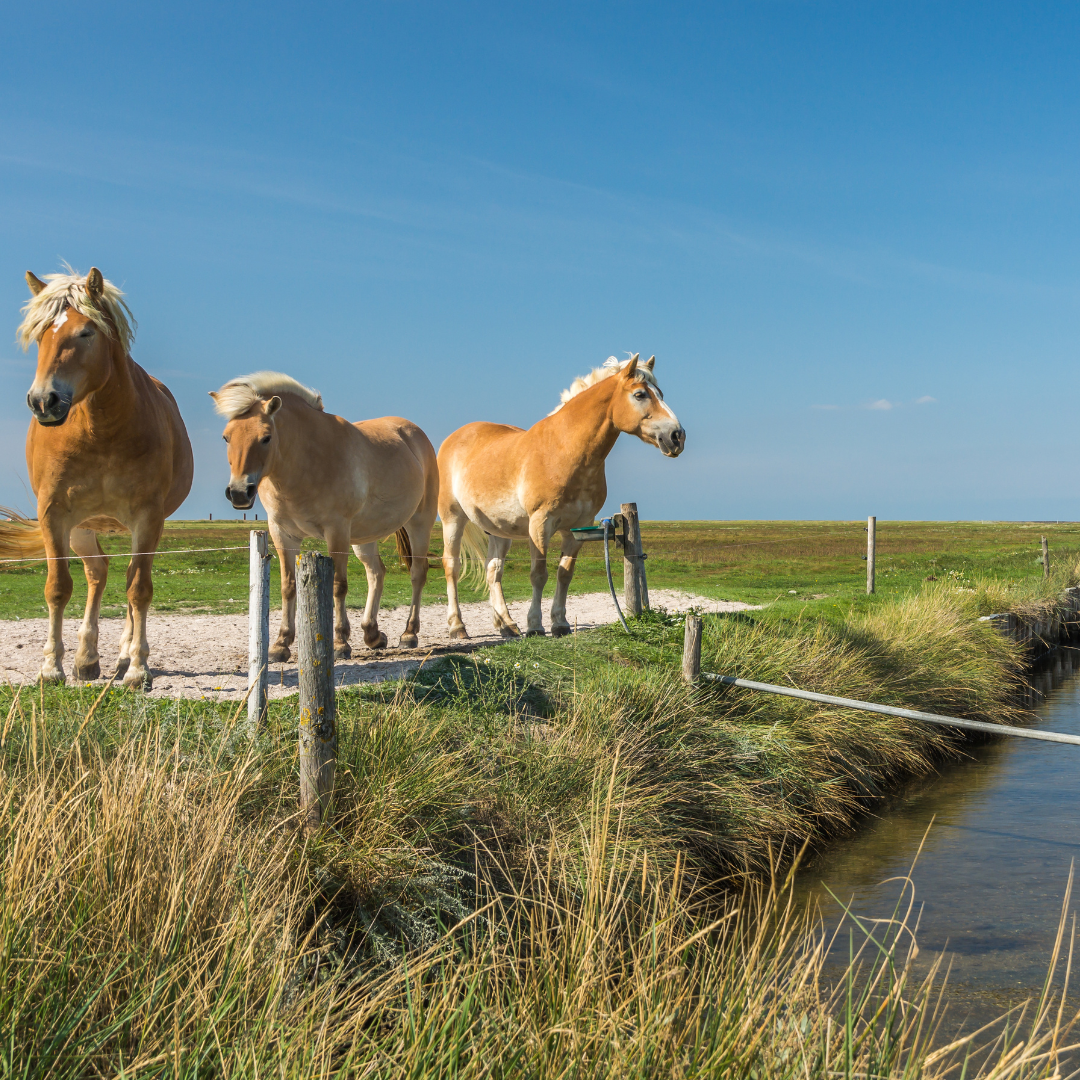Navigating the North Sea: Wadden Sea, Tides, and Traditional Hallig Islands

The North Sea, with its wild waves and winds, tells tales of ancient mariners, relentless nature, and unique coastlines. One such treasure, the Wadden Sea, unfolds a story that intertwines humans, the environment, and countless species. It’s a narrative of changing tides, the resilient Hallig islands, and the centuries-old traditions. Join us as we set sail through the North Sea’s intricate tapestry, exploring its secrets and celebrating its marvels.
The Wadden Sea: A UNESCO World Heritage Tidal Ecosystem
Stretching along the coasts of Denmark, Germany, and the Netherlands, the Wadden Sea is one of the world’s largest intertidal ecosystems. It’s characterized by its mudflats, salt marshes, estuaries, and tidal channels. Twice daily, the rhythm of the tides unveils vast stretches of mudflats, providing a haven for millions of migratory birds. Recognized as a UNESCO World Heritage site, the Wadden Sea is an ecological marvel that showcases nature’s dynamism.
Its uniqueness lies not just in its tidal pattern but also in its role as a crucial stopover for birds migrating between the Arctic and Africa. These mudflats are rich feeding grounds, making the region one of Europe’s most vital bird habitats. But birds aren’t its only visitors. Seals, mollusks, and countless marine organisms call the Wadden Sea home, creating a vibrant and diverse ecosystem.
The Hallig Islands: Living with the Tides
The Hallig islands, dotted across the German part of the Wadden Sea, are a testament to human resilience and adaptability. Unlike typical islands, Halligs are low-lying, often getting flooded during storm tides. These inundations, termed as “Landunter,” transform the landscape but haven’t deterred inhabitants. Houses on these islands are built on warfts (mounds) to stay above water during these events.
Life on a Hallig is dictated by nature. Limited infrastructure, reliance on traditional farming, and the omnipresent tides have molded a community that respects and adapts to its environment. Despite their challenges, the Halligs offer tranquil beauty, uninterrupted horizons, and a glimpse into a way of life that has remained largely unchanged over centuries.
Navigational Challenges: Tides, Mudflats, and Safety
The Wadden Sea’s dramatic tidal shifts present unique navigational challenges. The constant change in water levels, shifting sandbanks, and expansive mudflats can pose threats even to experienced mariners. Traditional knowledge, passed down generations, becomes crucial. Mariners rely on tide tables, local charts, and sometimes even pole navigation to traverse these waters safely.
Tourists often venture into the mudflats, either on foot or horse-drawn carriages, to experience the unique landscape. However, the tides can change swiftly. Local guides, who understand the sea’s rhythm, ensure that these excursions are safe and enlightening.
Seal Watching and Bird Migration: Nature’s Marvels in the North Sea
The North Sea is a theater of nature’s wonders. Seal colonies, primarily of grey and harbor seals, can be spotted lounging on the sandbanks. Guided boat tours offer close encounters with these marine mammals, especially during their pupping season.
But the real spectacle unfolds during the bird migration. Flocks of dunlins, oystercatchers, and plovers blanket the sky, while the mudflats teem with godwits, avocets, and curlews, all feasting before their long flights. Observatories and guided tours help tourists witness this avian spectacle, ensuring minimal disturbance to the birds.
Sustainable Tourism: Preserving the Unique Coastal Environment
The fragile ecosystem of the Wadden Sea demands respect and conservation. Sustainable tourism initiatives emphasize low-impact activities, education, and community involvement. By promoting guided tours, restricting certain areas during breeding seasons, and spreading awareness, the region ensures that tourism complements conservation.
Local communities play a pivotal role. Their insights, traditions, and commitment to the environment form the backbone of conservation efforts. As more tourists seek authentic and eco-friendly experiences, the Wadden Sea stands as a beacon of sustainable tourism.
Maritime History: Lighthouses, Storm Surges, and Shipwrecks
The North Sea has witnessed countless voyages, from Viking raids to commercial shipping. This rich maritime history is preserved in its lighthouses, tales of storm surges, and sunken shipwrecks. Museums along the coast narrate stories of bravery, innovations, and tragedies. Lighthouses, once vital navigational aids, now serve as historical landmarks and offer panoramic views of the seascape. Shipwrecks, some centuries old, lie beneath the waves, creating habitats for marine life and captivating divers.
Traditional Celebrations: Wattolümpiade and Other North Sea Festivities
The North Sea coast is not just about nature; it’s a celebration of life. Festivities like the Wattolümpiade, or Mudflat Olympics, showcase the region’s humor and spirit. Competitions in mud soccer, mud volleyball, and even mud sledding draw participants and spectators from around the world. Traditional events, like shrimp festivals, celebrate the region’s culinary heritage. Every festivity, steeped in tradition, adds vibrancy to the coast, making every visit memorable.
The North Sea’s rugged beauty, with the Wadden Sea at its heart, invites explorers, nature lovers, and those seeking solace. It’s a realm where nature’s rhythm dictates life, where tides write daily tales, and where traditions stand strong against time’s tide. As you navigate its waters and walk its shores, you embrace a world where nature and culture coalesce, creating an unparalleled symphony. The North Sea awaits, with its endless horizons and timeless tales.


